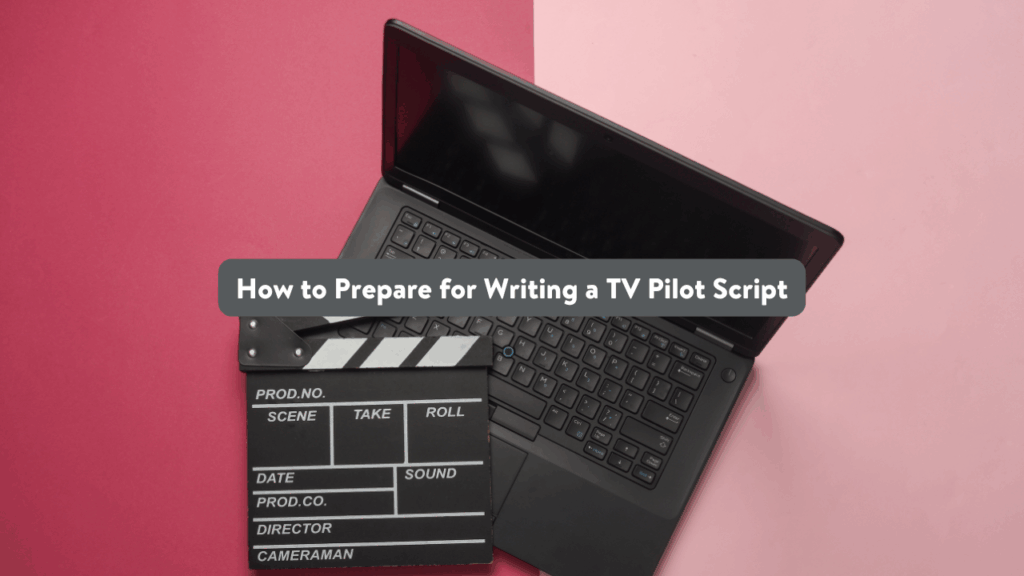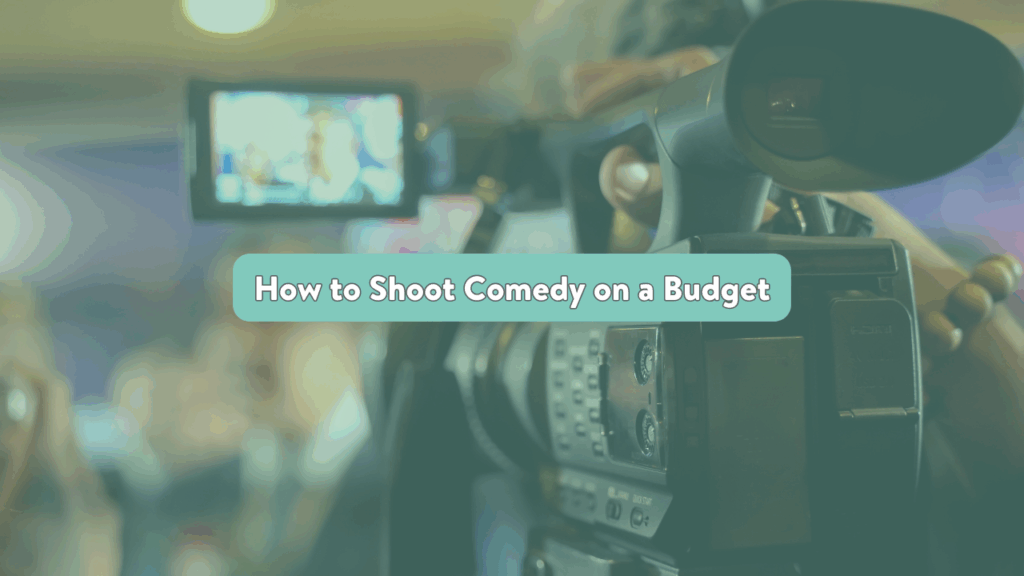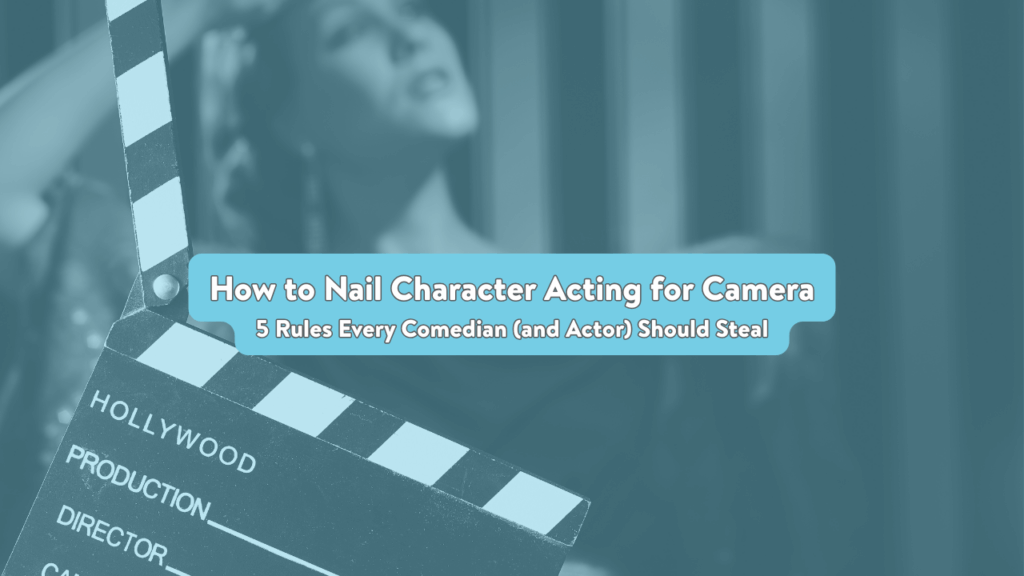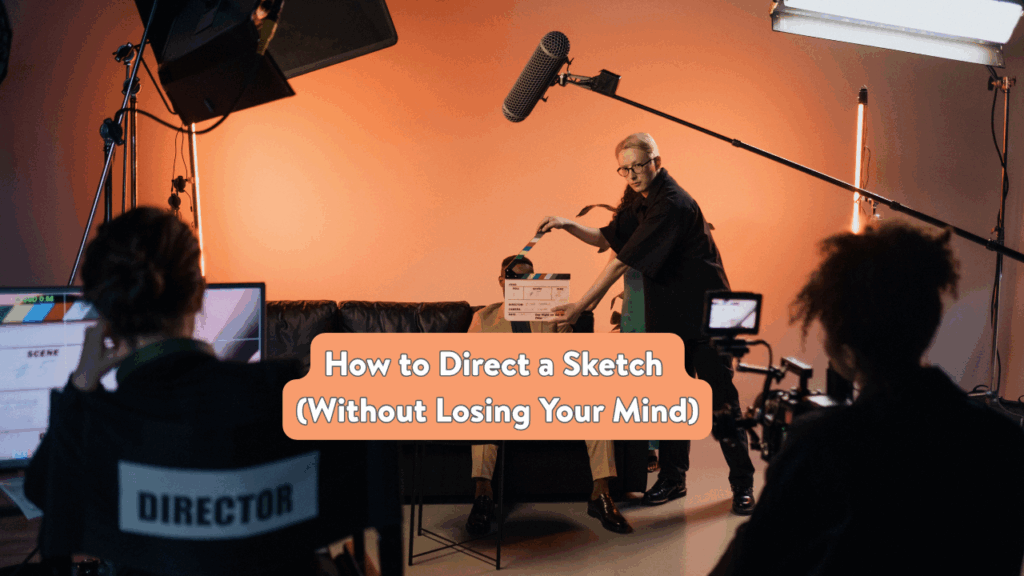The Secrets of Edinburgh Fringe Festival: Revealed!
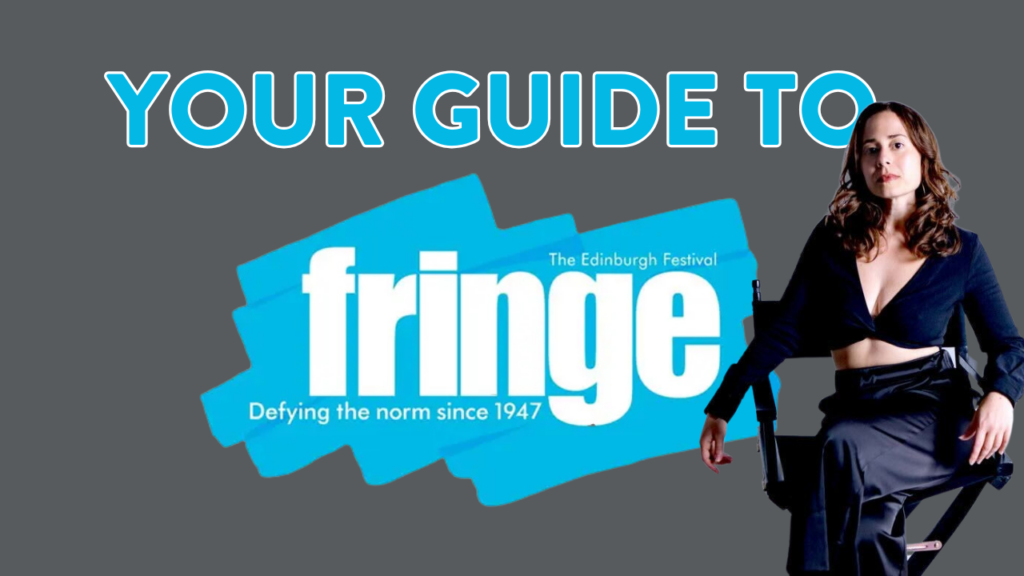
As a two-time Edinburgh Fringe participant, I learned how intimidating Fringe can be for a newcomer. Before arriving for my first year, I attended online workshops, had Zoom calls with my venue and Fringe veterans, scheduled one-on-one with members of the artist services team, and had as many conversations as possible with other artists going to the Fringe.
But, nothing really prepared me to go to the Fringe except GOING to the Fringe. There’s no manual or guidebook on “How to Fringe,” except…this! I’m here to give you advanced insight into valuable things that you otherwise can only learn once you go!
The Edinburgh Fringe Festival—known to participants as “EdFringe,” or “The Fringe”—is recognized as the largest arts festival in the world. This festival has deep roots in clowning and non-traditional, experimental performances.
Initially, it provided a low-cost, low-stakes platform for artists to share their work in an open, unrestricted environment.
Today, it has grown into an industry-heavy event with producers, artistic directors, and casting agents all in attendance to find new talent. And, while the cost has risen significantly to participate, performers will still travel from all corners of the world in order to showcase their work for this opportunity—from intimate solo acts to large-scale productions.
WHAT is Fringe?
- Diverse performances
The Fringe stands out for its openness to all types of performances, allowing artists to showcase anything from standup comedy to avant-garde works. With performances taking place in diverse spaces, including yurts and buses, it encourages creativity in unconventional settings. It’s a place where performers can experiment with form, content, and setting, often in ways they can’t elsewhere.
- Networking opportunity
The fringe is to theater makers as Sundance is to filmmakers. It’s the ideal place to premiere new work, widen your network, form connections with artists in the same genre as you, and potentially land an international tour.
YOUR SHOW at Fringe
- Show preparation
At the Fringe, artists can bring a fully developed show or a work-in-progress. This is a great chance to gain feedback on new material, get reviews, and further develop your existing work. Even if your show isn’t fully finalized, getting the show in front of an international audience can help shape the material and bring ideas.
Even with an early concept, knowing your technical needs—lighting, sound, props—will help organizers understand what your show requires in terms of venue and resources.
- Work in progress (WIP)
Labeling your show as a “Work in Progress” signals to industry professionals that it’s still being refined. This can attract theaters looking for world premieres or a producer looking for work to support in development.
- Festival categories: Choosing the right fit
Selecting the correct category for your show ensures it reaches the right audience. For example, a hybrid comedy-theater show might belong under “theater” rather than “comedy” to avoid confusion with traditional stand-up acts.
APPLYING to Fringe
- Detailed application
The application process can be minimal or thorough, it depends on the venue. Providing your track record and proof of past work increases your chances of standing out, even if your show is still a concept (and even if it’s optional!)
- Press kit
Venues may ask you for a press kit to submit with your application. Prepping this prior to applying with a venue can allow your application to stand out. If available, include in a document the following: rehearsal photos, link to a trailer, production footage, reviews, and your team’s bio. Even if this press kit is from past work, it can give organizers a better sense of your artistry and how your work might complement their program.
BIGGEST BENEFITS of Fringe
- Clarify your purpose
Before applying, clarify why you want to be part of the Fringe. Whether it’s gaining exposure, networking, or testing new material, knowing your goals will help you make the most of the opportunity.
- International exposure
Having the fringe on your resume signals to NYC-based theaters (and other theaters throughout the world) that you’re capable of a run and gives you (the artist) credibility. Though you have to perform internationally to get this credibility in the States, it can be worth the investment if your goal is to do an Off-Broadway run. The Fringe is actually something theater producers will look for and recognize! Even if you’ve already performed locally in your city, showcasing your work at the Fringe could lead to even more opportunities!
The Fringe Festival offers a unique experience for artists to take risks, connect with industry professionals, and showcase their work. By understanding your budget, production needs, and your goals, you’ll be well-prepared to make the most of this exciting and supportive environment.
Star Stone is a V-day Foundation grant award recipient, poet, actress, writer, and comedienne. Star is a graduate of NYU’s Tisch School of the Arts with a BFA in Theatre and a graduate of UCB LA’s Improv school. In 2018, Star wrote, produced, and starred in #MeToo, a one-woman show. #MeToo, a one-woman show received its premiere at SOLOFEST and went onto the Hollywood Fringe Festival, Second City Hollywood, United Solo, Theatre@41, and The Edinburgh Fringe Festival in 2023 (recipient of the Spark Award). Star has partnered with the NYC Mayor’s Office to ENDGBV and was the host of VOICES: Survivor’s Speak- an evening of healing and transforming through the arts in collaboration with ArtTransforms. In 2023, Star presented at The Beyond the Violence: Stop Domestic Violence Conference and is a member of RAINN’s Speaker’s Bureau. Star is a graduate of Community Word Project’s TAP program, an NYC-based social justice-oriented program for Teaching Artists. Star has worked with The Girl Gaze Program, supporting teenage girls to develop stories for film, as well as teaching a variety of programs within the NYC public school system.

